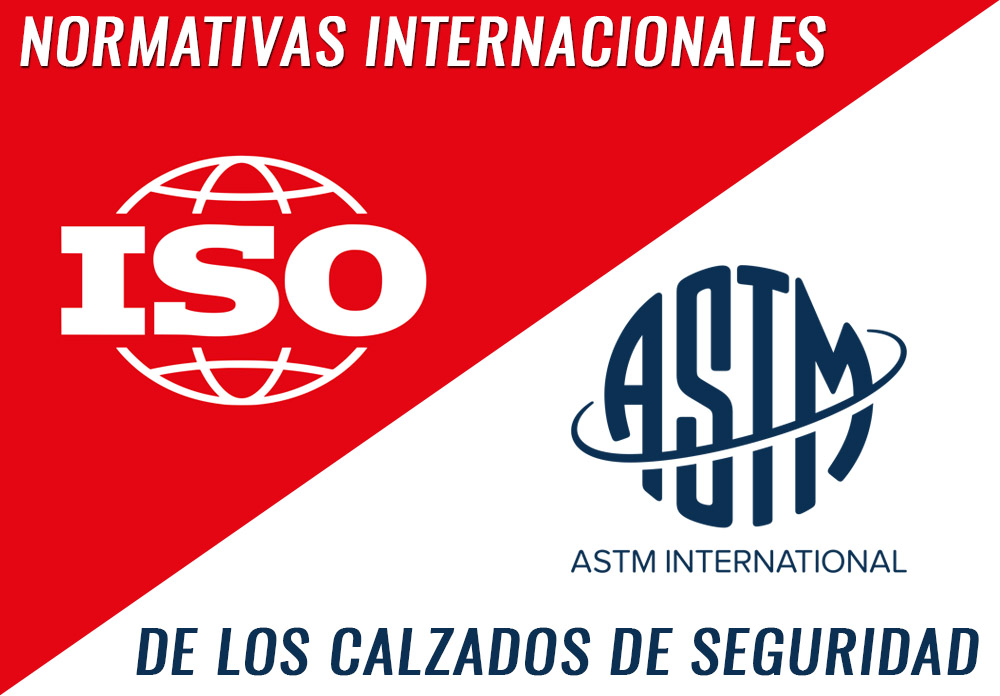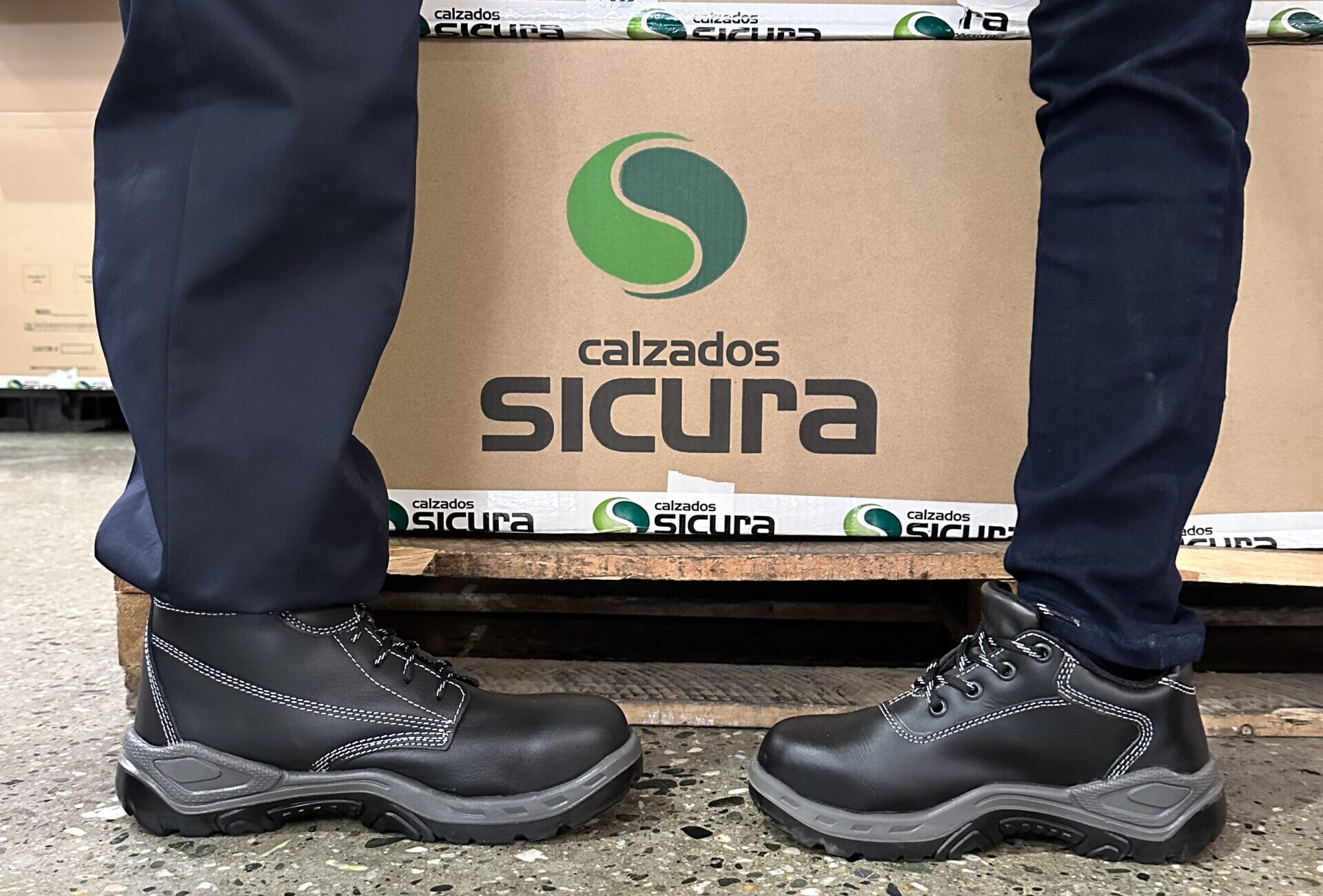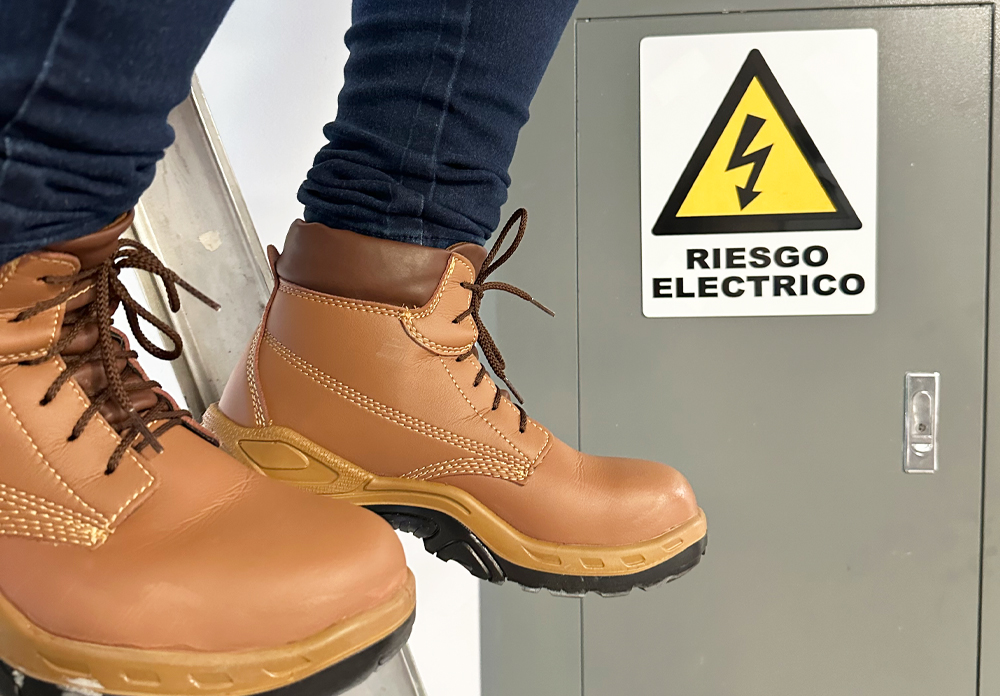How reliable is the safety footwear of your team? If you are responsible for selecting safety shoes for your workers in various work environments, it is essential that you have a detailed understanding of the international standards that govern these requirements. The best industrial safety boots in the world adhere to these standards, providing maximum protection.
Understanding these standards will allow you to choose the appropriate safety footwear based on the risks present in the work area and to comprehend the type of protection your team needs.
Below, we explain the two main international standards for safety footwear: ASTM F 2413 and EN ISO 20345. These are global and fundamental references to ensure optimal safety standards for foot protection in work environments.
ASTM F 2413-18 The “American Society for Testing and Materials” (ASTM) is an international organization that develops and publishes voluntary consensus standards and technical certifications. The ASTM F 2413-18 standard replaced the previous “ANSI Z41” and sets the performance requirements and testing methods for safety footwear.
The requirements of this standard include:
- Compression Resistance (C): Toe cap that withstands a compression force of 11121 N, with a minimum clearance of 12.7 mm inside the toe cap.
- Impact Resistance (I): Toe cap that withstands impacts of up to 101.7 J, with a minimum clearance of 12.7 mm inside the toe cap.
- Metatarsal Protection (Mt): Reduces the possibility of injuries to the metatarsal bones of the upper foot.
- Conductive Protection Properties (CD): Reduces risks of static electricity buildup, preventing ignition of explosives and volatile chemicals.
- Electric Insulation (EH): Identifies footwear with insulating properties to reduce risks of contact with electric circuits and live conductors.
- Static Dissipative Properties (SD): Identifies footwear that reduces static electricity buildup by conducting body charge to the ground.
- Penetration Resistance (PR): Identifies footwear resistant to sole penetration to reduce risks of injuries from sharp objects.
Calzados Sicura complies with the international standard ASTM F2413-18, identified with codes (I), (C), (EH), and (PR).
EN ISO 20345:2012 The current safety standard in Europe was updated in 2011 to be stricter, and all products must be manufactured, tested, and certified under the EN ISO 20345 standard.
This standard establishes different safety classes, such as S1 or S3, for safety footwear. Each shoe is tested in all possible aspects and is assigned an “S” class based on its manufacturing and protection characteristics.
Some examples of classification include:
- SB: Meets basic requirements for toe area resistance and protection.
- S1: Meets basic requirements (SB) and has a closed heel, is antistatic (A), absorbs energy in the heel (E), and is oil-resistant (FO).
- S2: Meets S1 category requirements and offers penetration resistance and water absorption in the shoe cut (WRU).
- S3: Meets S2 category requirements and offers sole penetration resistance (P).
To ensure maximum worker protection, it is necessary to assess the risks of each work activity and select the appropriate footwear. Calzados Sicura complies with international standards and offers a wide range of safety footwear options that suit your specific needs. Contact us, and our advisors will provide you with the best guidance to protect your team!






